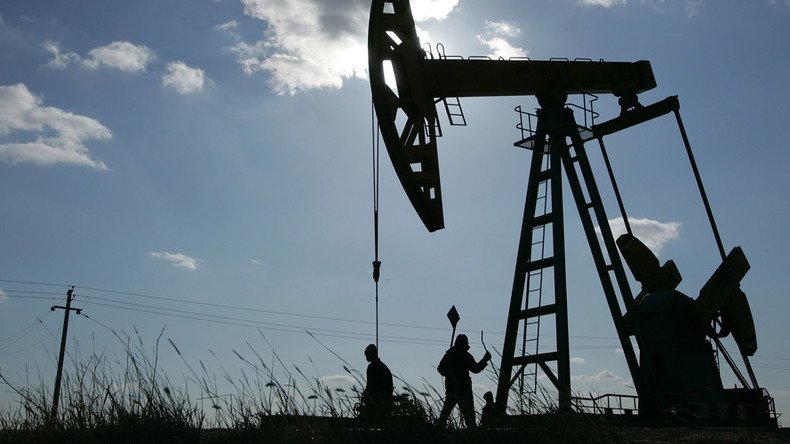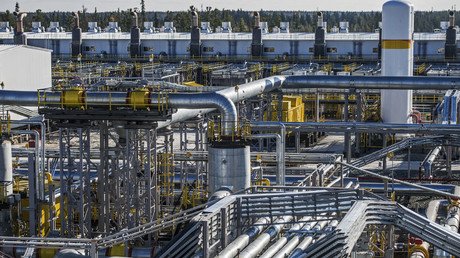China's oil demand is far ahead of last year's pace

OPEC recently released its Monthly Oil Market Report which covers the global oil supply and demand picture through July.
OPEC crude oil production decreased by 79,000 barrels per day (bpd) in August to average 32.8 million bpd. This marks the first OPEC production decline since April and was primarily driven by sizable outages in Libya.
The cartel revised global oil demand growth for 2017 upward by 50,000 bpd to 1.42 million bpd. The group reports strong growth from the OECD Americas, Europe, and China. Global oil demand for 2018 is expected to grow by 1.35 million bpd, an upward revision of 70,000 bpd from the previous report. Growth next year is expected to be driven by OECD Europe and China.
China’s oil demand rose by 690,000 bpd in July, marking a 6 percent year-over-year increase. China’s total oil demand reached 11.67 million bpd in July. Year-to-date data indicates an average growth of 550,000 bpd, more than double the 210,000 bpd growth recorded during the same period in 2016.
China’s gasoline demand was higher by around 0.10 million BPD YOY, driven by robust sports utility vehicle (suv) sales, which were around 17 percent higher than one year ago. China’s overall vehicle sales in July rose by 4 percent year-over-year, with total sales reaching 1.7 million units.
The numbers from China are interesting given the constant refrain of weakening Chinese demand. This seems to be wishful thinking based on China’s investments in clean technology.
Read more on Oilprice.com: What Really Killed The Oil Price Rally
China is the world’s top market for electric vehicles, and they recently announced that they have started “relevant research” and are working on a timetable for implementation of a ban on vehicles powered by fossil fuels.
Russian oil sales to China surge dramatically https://t.co/MmPwCHT2Ft
— RT (@RT_com) August 24, 2017
That news followed previous announcements by France and the UK that they would ban the sale of vehicles powered by fossil fuels by 2040. These countries are making bets that electric vehicles (EVs) will be ready for near universal adoption when these bans go into effect. By making these bets, they are trying to create a self-fulfilling prophecy.
China may indeed join the ranks of countries banning fossil fuel vehicles. This news helps drive the narrative that the age of oil is nearing its end, but China is a long way from reining in its oil consumption growth.
EVs may lag lofty expectations, in which case governments may have to revisit or delay these announced bans. And even if bans and mandates end up having the desired effect, it’s going to take time.
That’s certainly not a knock on EVs. This is not a zero-sum game because the number of drivers is growing. It is possible — and I would argue that it is highly likely — that we will see both explosive growth in EVs for the next decade, and growing oil demand.
This article was originally published on Oilprice.com













